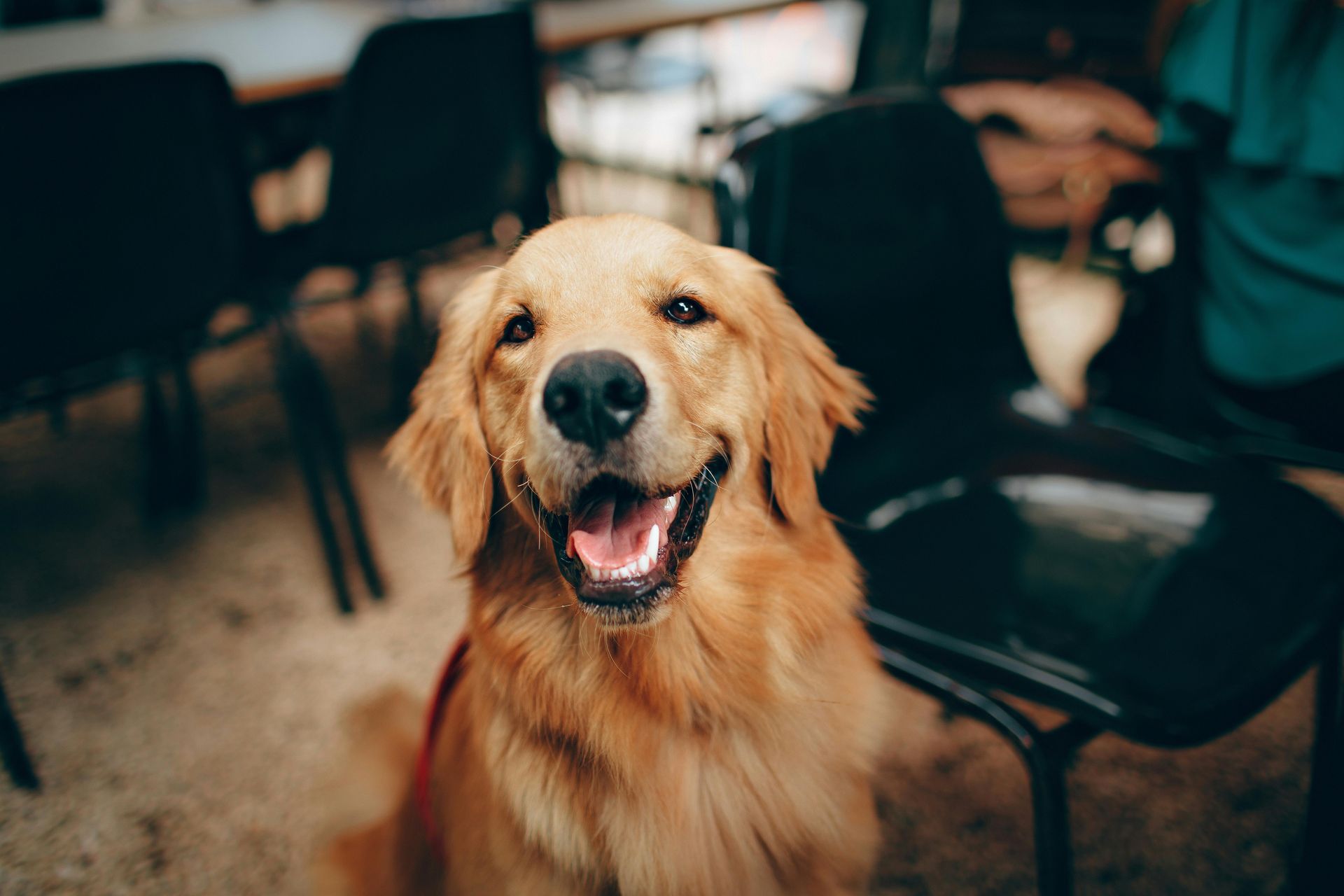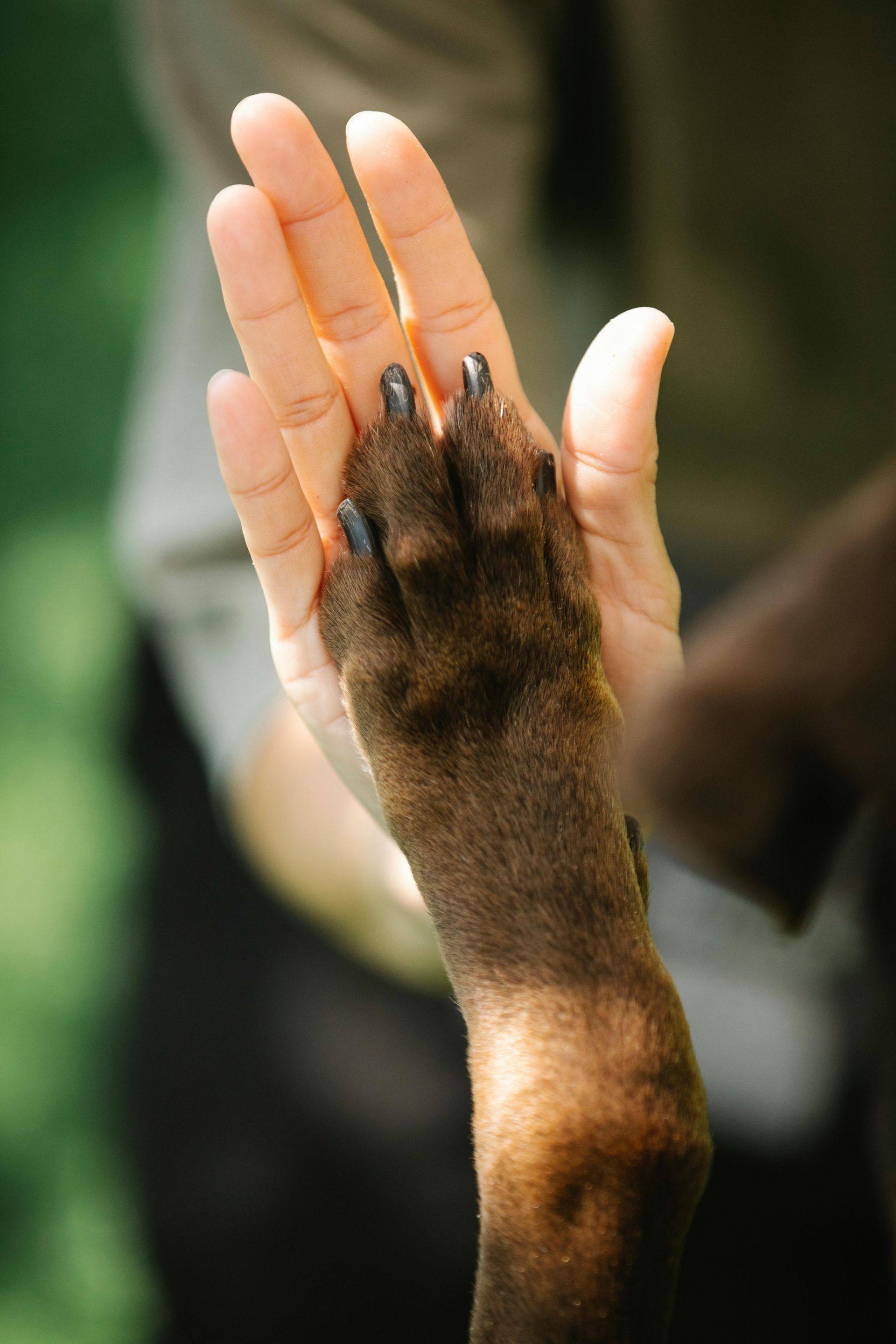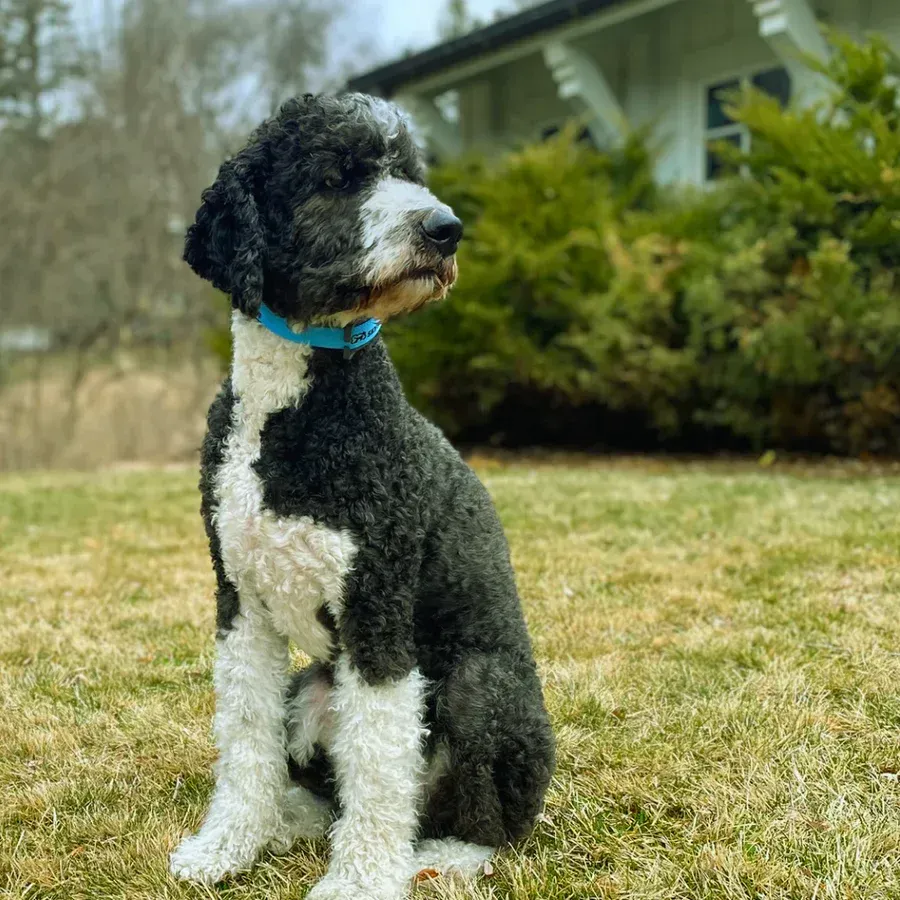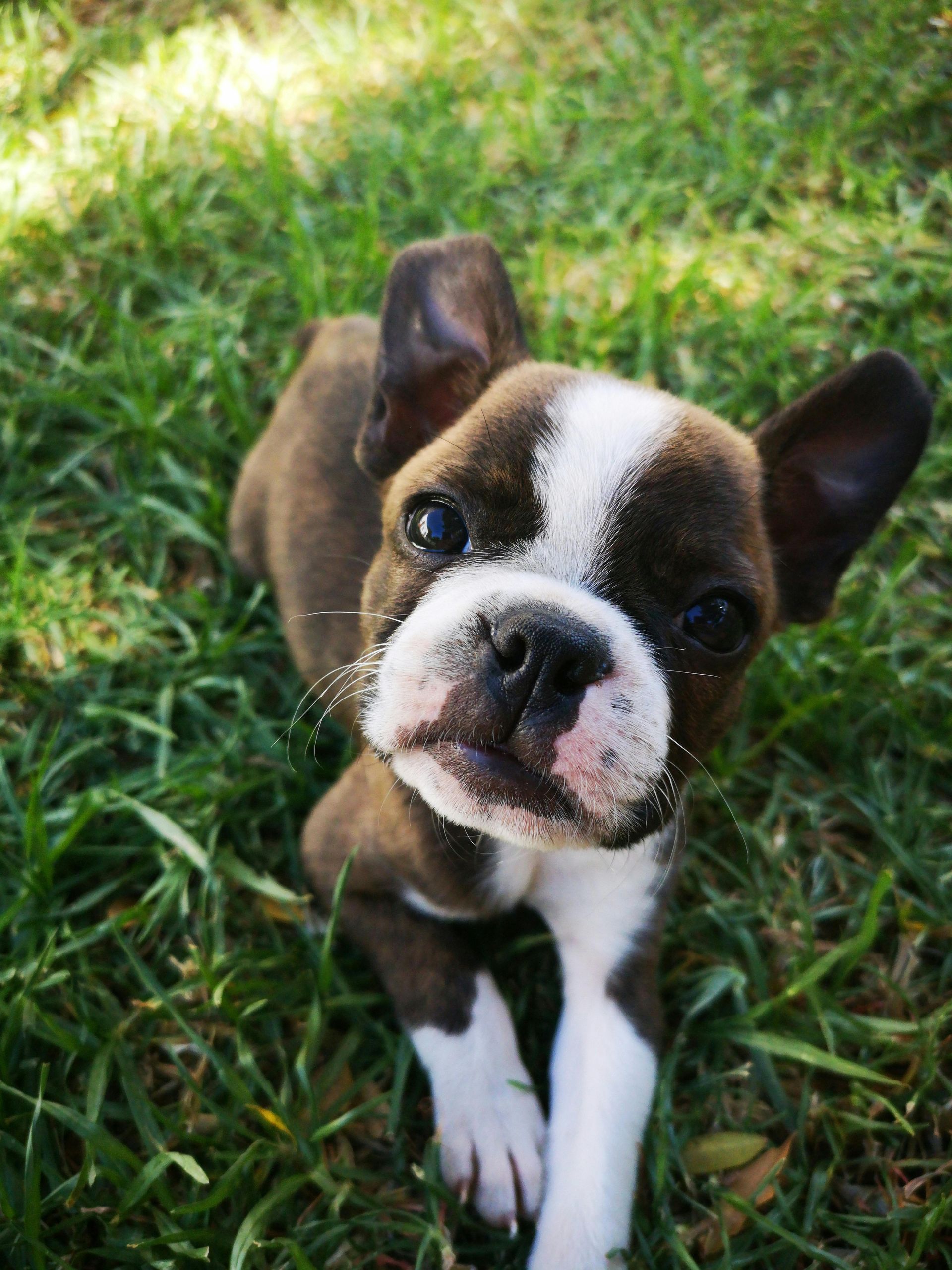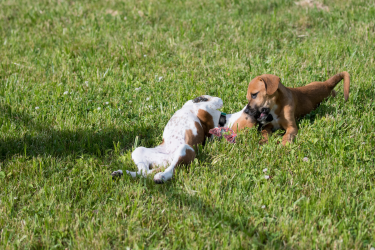Beyond the Beeps: Understanding How Hidden Fences Work (And How to Train Your Dog Successfully)
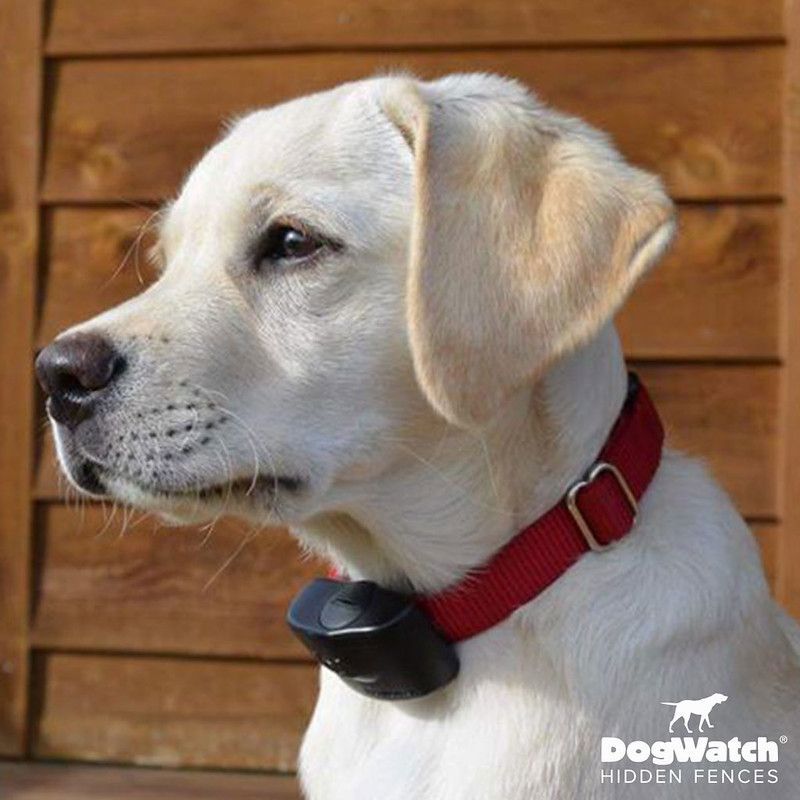
If you’ve got a dog—or even a few—you know the challenge of finding safe and reliable ways to keep them contained without limiting their freedom to roam. That’s where hidden fences, also known as underground or invisible fences, come into play. They’re an innovative solution, providing security and peace of mind while creating space for dogs to explore their surroundings. But how does it all work? And more importantly, how do you train your furry companion to adapt to this setup?
Don’t worry. We’ve got you covered.
How Hidden Fences Work
Hidden fences aren’t as mysterious as they sound. They’re relatively straightforward in design, creating a secure boundary using buried wires, transmitters, and special collars for your dog. Here’s a quick breakdown of the process:
The Boundary
A thin wire is buried along the perimeter of the area you want to contain. This wire works with a transmitter, which sends a radio signal to form an invisible “fence.” Don’t worry—you won’t see it or trip over anything.
The Collar
Your pup wears a receiver collar that picks up the transmitter’s signal. The collar is more than just a receiver, though. It’s built to alert your dog when they approach the hidden boundary. Usually, this comes in the form of a beeping sound, hence the name “beyond the beeps.” If the dog continues toward the boundary, the collar provides a mild, static correction—a sensation similar to a quick tap on the shoulder. It’s uncomfortable, not harmful.
That’s the core of how it works. What makes these systems particularly effective is the ability to customize boundaries and adjust correction levels. Many models even allow you to create exclusion zones—keeping dogs out of flower beds or pools, for example—without fencing off your whole yard.
The Key to Success? Training.
The technology behind hidden fences is impressive, but it’s only half the story. Proper training is absolutely essential. Without it, your dog might get confused, frustrated, or worse, scared of the system. Luckily, training can be simple and fun when approached the right way.
Here’s a step-by-step guide to get started:
1. Set Up Training Flags
Think of training flags as visual aids for your dog. Place them along the invisible boundary line where the wire is buried. These flags will help your pup associate the beeps and corrections with a physical point of reference. Over time, you’ll phase these flags out, but they’re a great starting tool.
2. Introduce Your Dog to the System
Start with your dog on a leash. Walk them close to the flag line, making sure they’re wearing the receiver collar. When the beeping begins, guide them back into the safe zone while using positive reinforcement. Praise them enthusiastically and offer a treat. This introduction helps them learn the “beep means retreat” idea.
3. Gradually Add the Static Correction
Once your dog understands the flags and beeping, it’s time to introduce the next layer. Allow them to approach the boundary, staying close enough to intervene if they get startled by the correction. Again, when they retreat, provide plenty of praise and rewards. The static correction may take a few repetitions for them to understand fully, but dogs catch on quickly when you remain patient and consistent.
4. Practice Without Distractions
Initially, keep training sessions short and distraction-free. Skip the toys, other pets, or anything that might pull their focus. You want them to build a solid understanding of the fence zone first.
5. Test Them With Distractions
After they’ve mastered the basics, it’s time to up the ante. Practice with toys, other pets, or guests nearby. The goal is to reinforce the boundary rules no matter what’s happening around them. And yes, more treats and praise for staying in the safe zone!
6. Go Off-Leash
Once your dog reliably avoids the boundary, it’s time to try off-leash playtime in the yard. Supervise closely during the first few off-leash sessions. This is the moment where all your consistent training pays off.
What If They Make a Mistake?
They might slip up, especially in the beginning. Stay calm—it’s part of the learning process. Lead them back to the safe zone and repeat the training steps as needed. Your patience and persistence are vital. Dogs thrive on consistency.
Benefits of Hidden Fences
Hidden fences aren’t just convenient; they’re effective for a variety of needs. They’re especially great for dogs with lots of energy or those who tend to wander. Since the system doesn’t rely on physical barriers like traditional fences, it’s also a great option for preserving the appearance of your yard or tackling tricky layouts.
And don’t forget. These systems are scalable. Have a bigger space? No problem. Got multiple pets? Most hidden fence setups allow you to use additional collars, and you can adjust settings for each one individually. This ensures every fur baby gets the right training and boundaries.
Tips for Success
Want to make sure hidden fences are the perfect fit for your household? Here are a few extra tips:
- Start Slowly: Rushing through training can confuse your dog. Invest time early to create good habits.
- Always Use Positive Reinforcement: Treats, praise, and an upbeat tone go a long way toward helping them adjust.
- Regular Maintenance: Check the system regularly to ensure the wire and transmitters are functioning properly. It’s rare, but sometimes wires can get damaged.
- Be Patient: Every dog learns at their own pace. Some immediately understand, while others need a little extra guidance. That’s okay. Stick with it!
- Stay Consistent: If you allow your dog to bypass the boundary once, it can set training back.
Wrapping It All Up
Hidden fences offer a smart and effective way to keep dogs safe while giving them the freedom they crave. The technology works seamlessly when paired with the right training techniques, and it’s adaptable for families with multiple pets or large yards. Best of all, your companion will enjoy the freedom of running, playing, and exploring safely within the boundaries you set. And isn’t that what every dog deserves?
Want to learn more? Give us a call or explore our hidden fence options. We’re here to help you and your pup create the perfect space to run, play, and stay secure.




